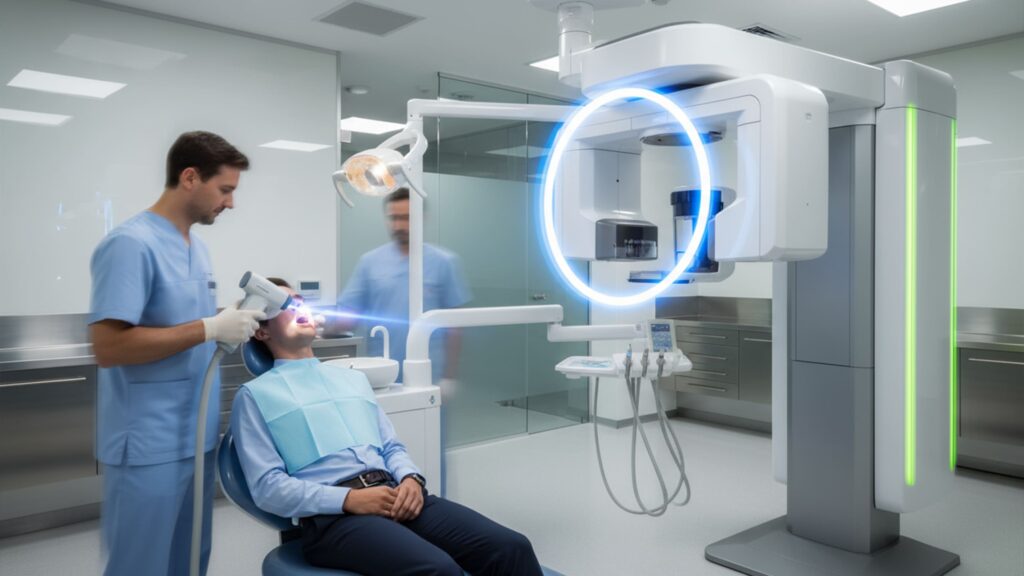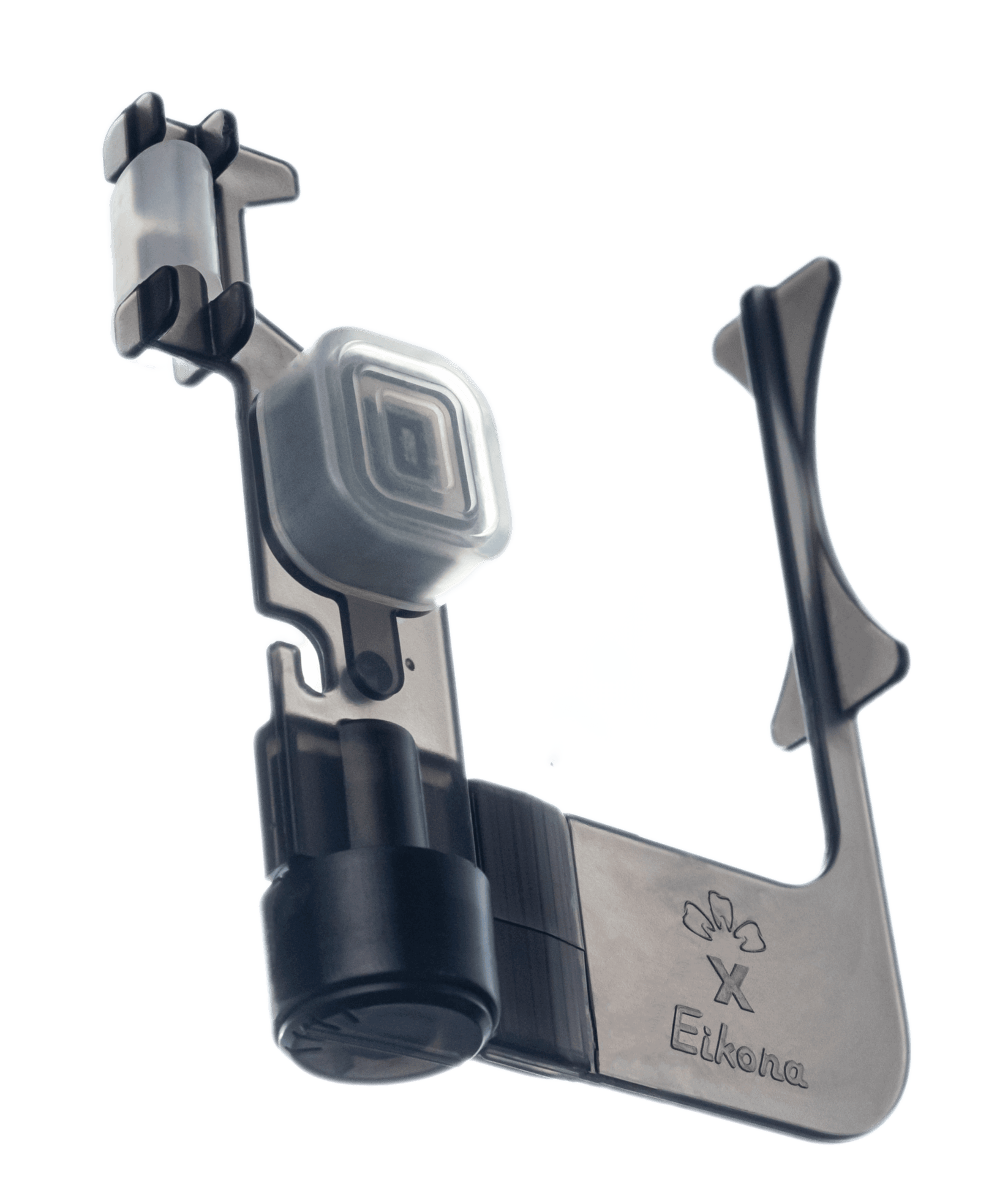Handheld dental X-ray units are revolutionizing the diagnostic sphere in dentistry. They are flexible and produce faster imaging. However, the convenience of these devices must never come at the cost of safety. For dentists, understanding and insisting on critical features is non-negotiable for the patient and dentists’/radiologists’ protection.
1. Comprehensive Lead Shielding
A standout safety feature is robust lead shielding within the unit. This internal shielding is crucial as it reduces radiation leakage from the tube head and prevents dispersion of harmful rays, protecting the dentist and the patient. Devices with whole-body lead shielding, such as the Genoray Port X II, are highly recommended in India for their proven safety record.
2. Backscatter Radiation Shield
The backscatter radiation shield is made of thick acrylic and is essential for safety. When used correctly, it blocks radiation that would otherwise reflect toward the clinician, making additional protective aprons unnecessary for the operator, though patients should always be shielded.
3. Beam Limitation and Collimation
Modern portable units are designed with beam-limiting devices that restrict the X-ray beam to a small area (often just 6 cm). This significantly reduces unnecessary exposure to surrounding tissues and minimizes scatter radiation. The use of a rectangular collimator further enhances this protection.
4. Automatic Shut Off and Timers
To prevent accidental or prolonged exposure, units should have built-in timers and automatic shutoff features. These ensure that X-rays are only emitted for the precise duration needed, reducing cumulative exposure risks.
5. Training and Proper Usage Protocols
No safety feature can substitute for proper training. Dentists must be thoroughly trained in the correct operation of portable X-ray units, including maintaining a safe distance, using protective barriers, and following ALARA (As Low As Reasonably Achievable) principles.
Our product Tarsier X makes handheld dental radiography safer as it has an in-built combination of an angle meter that eliminates guesswork. This allows the operator to stand away from the unit. Thus saving everyone from unnecessary radiation exposure.
Conclusion
For dentists in India, portable dental X-ray units are invaluable tools, but only when equipped with essential safety features: comprehensive shielding, backscatter protection, beam limitation, automatic timers, and robust training. Ignoring these safeguards is not an option. Safety must always come first.
Sources:
- https://unicorndenmart.com/6-safety-standards-of-portable-x-ray-unit-you-may-not-haveknown/
- https://www.todaysrdh.com/handheld-x-ray-units-are-they-safe-and-easy-to-use/
- https://journals.lww.com/aomr/fulltext/2018/30020/hand_held_x_ray_device__a_review.13.aspx
- https://pmc.ncbi.nlm.nih.gov/articles/PMC10548154/
- https://digi-doc.com/blog/the-safety-of-portable-dental-x-ray-machines/





